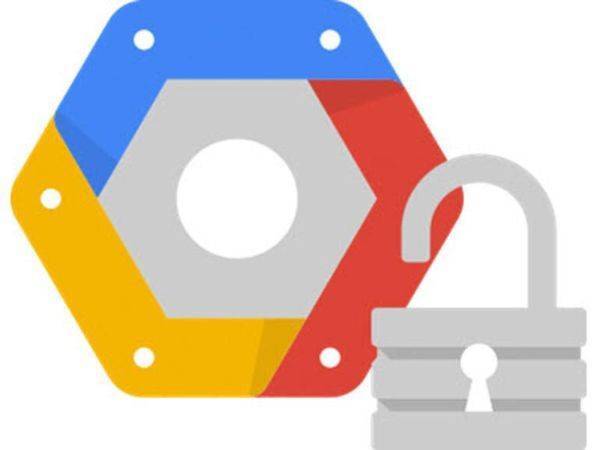Google Cloud Platform is a comprehensive set of cloud computing services that can be used to store data, run applications, and process information. It includes tools for machine learning, storage management, application development, and many other features. One of the most important things to know about Google GCP security is that it’s always available 24/7. This makes it easy for your company to use the same resources at any time without worrying about downtime or interference from outside forces. In this article we’ll discuss some best practices to secure your GCP environment.
Cloud-based services offered by GCP
Google Cloud Platform is a comprehensive set of cloud computing services that can be used to store data, run applications, and process information.
Google Cloud Platform (CGP) as a PaaS offers different cloud infrastructure services/tools, such as:
- Storage Management
- App Development Tools (Kubernetes Engine, Cloud Functions, etc)
- Machine Learning
- Big Data and much more..
To ensure your organization’s data is kept safe from outside forces or unwanted access, Google offers a number of different features that can be used to secure the platform. These include: Access Credentials, Network Penetration Testing, Data Encryption and Identity Verification
Why is GCP Security Important?
Google Cloud Platform is always available 24/07. This makes it easy for your company to use the same resources at any time without worrying about downtime or interference from outside forces.
GCP security features are important because they can help keep your data safe and secure from unauthorized access. In addition, GCP services offer comprehensive support for compliance with a wide range of regulatory requirements.
What best practices should you follow when securing GCP?
The following are some general guidelines for keeping security levels high in a GCP environment:
1) Know what’s going on with network traffic at all times
This includes both incoming connections as well as outgoing requests made by users based on their location. If there are suspicious patterns presented within this information it may indicate an attempt at unauthorized access.
2) Use two-factor authentication (TFA) on all accounts
This is a process that requires an additional form of verification, such as a code sent to your phone, in order to log into an account. TFA helps ensure that only authorized individuals can access sensitive data.
3) Create custom roles and permissions for users
Don’t just use the default role settings provided by Google. Assign specific permissions to individual users based on their job functions and be sure to revoke access when they leave the company.
4) Encrypt all traffic between services
This will help protect against anyone who may be trying to spy on or interfere with communications taking place within the platform.
5) Monitor activity logs closely
By doing this you can detect any unauthorized access and take the necessary steps to close off that access.
6) Encrypt data stored on disk
This goes hand-in-hand with encrypting network traffic between services because it helps protect against intrusions into physical devices used for storage.
7) Use Cloud IAM Policies
IAM policies allow you to control who has access to what resources in your GCP environment. You can use them to create finely-grained access controls, and to help ensure that only authorized users can access sensitive data.
These are just a few of the many ways that you can secure your GCP environment. For more information on securing GCP, you can check the Google Cloud Platform Security documentation.
Conclusion
Hosting your business-critical web applications and data on GCP, you’ll need to implement best practices for securing the environment. A web application security testing discovers any vulnerabilities or threats that might affect the Web application’s security or integrity. We recommend staying up-to-date with security patches and complying with Google Cloud Security Policies. In addition, you can follow the best practices we mentioned in this article. All the best for securing your GCP infrastructure!
TechnologyHQ is a platform about business insights, tech, 4IR, digital transformation, AI, Blockchain, Cybersecurity, and social media for businesses.
We manage social media groups with more than 200,000 members with almost 100% engagement.









































